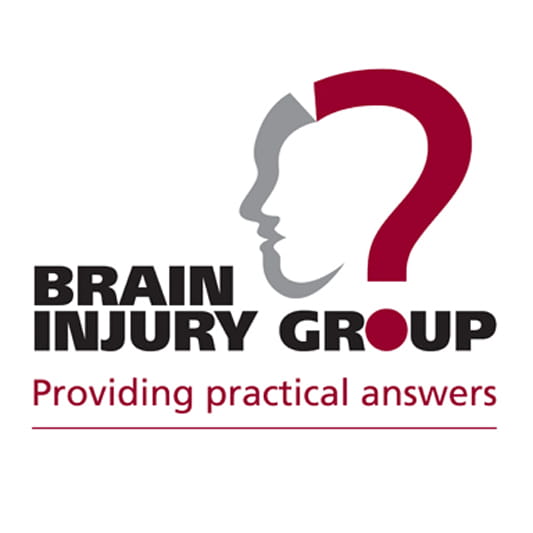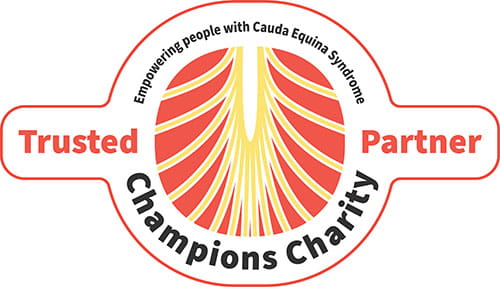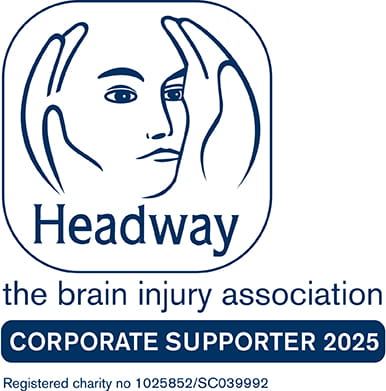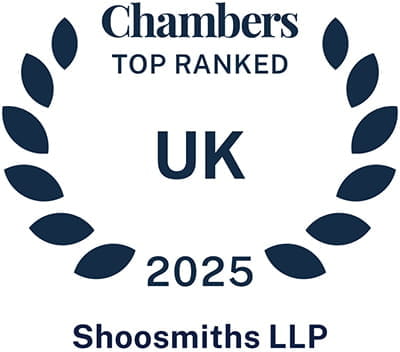Today, in Maidstone, HM Coroner Christopher Sutton-Mattocks concluded that the death of baby Harry Richford seven days after his birth at Margate's Queen Elizabeth the Queen Mother Hospital (QEQM) in 2017 was "wholly avoidable”, criticising the Trust for initially saying the death was "expected" (which meant the coroner was not informed) and it was only because of the persistence of the family that an inquest was ordered.
Shoosmiths medical negligence partner Denise Stephens, based in the firm’s Thames Valley office, already has two cases arising from sub-standard maternity care at the Trust.
Denise comments:
‘Sadly, this is not the first time concerns have been raised about maternity services at East Kent. The Trust was placed into special measures in 2014 following an inspection by the Care Quality Commission (CQC) which rated its care, including maternity services, inadequate. Subsequent CQC reports have rated it as ‘requires improvement.’
In 2015, experts from the Royal College of Obstetricians and Gynaecologists were asked to review maternity care at East Kent, noting a number of inadequacies, including poor team working, a lack of performance and out of date clinical guidelines. In particular that review cited consultants who failed to carry out labour ward rounds and did not follow guidelines.
Kashmir Uppal, a partner in Shoosmiths medical negligence team, suggests that there are too many depressing similarities with the tragedies at Shrewsbury & Telford NHS Trust, in which Shoosmiths acts for several clients.
Maternity care at Shrewsbury & Telford was similarly subject to no fewer than six separate inquiries and in 2018 the Care Quality Commission (CQC) also rated the services at Shrewsbury and Telford Hospital NHS Trust as ‘inadequate’.
In particular, the lack of technical understanding and negligent failure to act upon warning signs given by cardiotocography (CTG) monitoring equipment is disturbingly consistent. The Royal College of Obstetricians and Gynaecologists review into East Kent in 2015 found that consultants and staff rarely attended CTG training. The BBC reports that several of the identified baby deaths at East Kent were due to staff not properly monitoring or acting on suspicious CTG readings and failing to deliver the baby promptly.
Denise remarks that this lack of understanding of the use and interpretation of CTG equipment is depressingly familiar in birth injury cases. It was for example the failure by staff (albeit at a different Trust) to interpret a CTG trace correctly that meant there was a delay in delivering James Robshaw, which resulted in him suffering severe cerebral palsy. The hospital finally admitted liability for his injuries after seven years of obfuscation and it took a further six years to fight for damages.
The total compensation of £14.6m ordered by the High Court was one of the highest awards for compensation in a cerebral palsy claim in the UK at the time. However, like other clients, James’ mother, Suzanne Adams, insists that she would gladly give the money back ‘in a heartbeat’ if she could turn back the clock and avoid the injury to her son.
However, it’s the possibility that the numbers affected may be far greater than originally thought that presents the most alarming similarity. Kashmir notes:
‘The initial scope of maternity expert Donna Ockenden’s report into deaths at Shrewsbury & Telford was to examine just 23 identified cases, but her review grew to take into account more than 270 and today it’s estimated that as many as 900 families may have been affected. The numbers affected at Shrewsbury continues to grow as more and more families have become aware of the investigation.’
Denise concludes:
‘Granted, the failings at Shrewsbury occurred over several decades, but the concern is that, given East Kent is one of the largest Trusts in the country, these cases so far identified may not represent the full extent of the problem and many more may come to light as time goes on.’
Disclaimer
This information is for educational purposes only and does not constitute legal advice. It is recommended that specific professional advice is sought before acting on any of the information given. © Shoosmiths LLP 2025


















